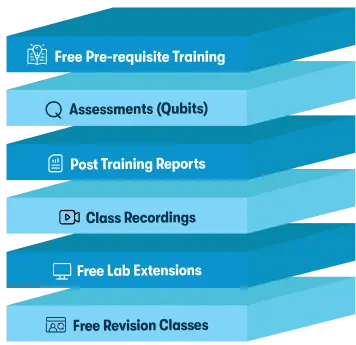We're open through the holidays to support your upskilling goals — Which training do you want to book?
We're open through the holidays to support your upskilling goals — Which training do you want to book?
Unable to find what you're searching for?
We're here to help you find it


MB-800T00: Microsoft Dynamics 365 Business Central Functional Consultant Course Overview
The MB-800T00: Microsoft Dynamics 365 Business Central Functional Consultant course is a structured program designed to furnish participants with the empirical knowledge required to manage and optimize Business Central’s core functionalities. This specialized training from Koenig Solutions follows a rigorous methodology to prepare learners for the MB-800 certification exam, a critical validation of professional expertise. This course systematically enhances ERP implementation and management skills, making it the ideal pathway for professionals aiming to become certified Business Central functional consultants and verify their proficiency with Microsoft Dynamics 365.
Purchase This Course
USD
View Fees Breakdown
| Course Fee | 3,510 |
| Exam Fee | 200 |
|
Total Fees (without exam) |
3,510 (USD) |
USD
View Fees Breakdown
| Course Fee | 2,700 |
| Exam Fee | 200 |
|
Total Fees (without exam) |
2,700 (USD) |
USD
View Fees Breakdown
| Flexi Video | 16,449 |
| Official E-coursebook | |
| Exam Voucher (optional) | |
| Hands-On-Labs2 | 4,159 |
| + GST 18% | 4,259 |
|
Total Fees (without exam & Labs) |
22,359 (INR) |
|
Total Fees (with Labs) |
28,359 (INR) |
Select Time
Select Date
| Day | Time |
|---|---|
|
to
|
to |
♱ Excluding VAT/GST
You can request classroom training in any city on any date by Requesting More Information
Inclusions in Koenig's Learning Stack may vary as per policies of OEMs
Scroll to view more course dates
You can request classroom training in any city on any date by Requesting More Information
♱ Excluding VAT/GST
*Inclusions in Koenig's Learning Stack may vary as per policies of OEMs
MB-800T00: Microsoft Dynamics 365 Business Central Functional Consultant
Suggestion submitted successfully.
Koenig Learning Stack
Inclusions in Koenig's Learning Stack may vary as per policies of OEMs



